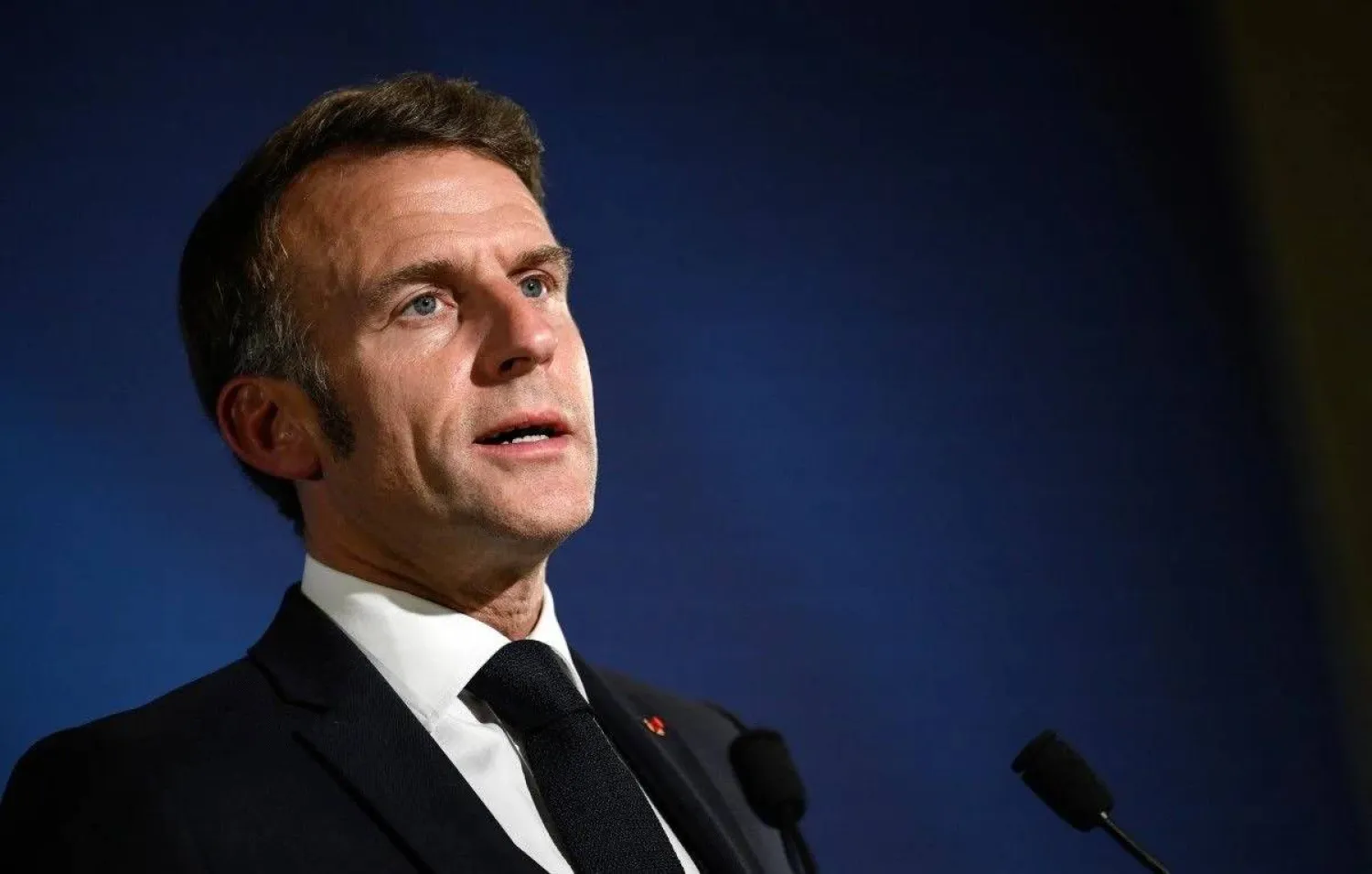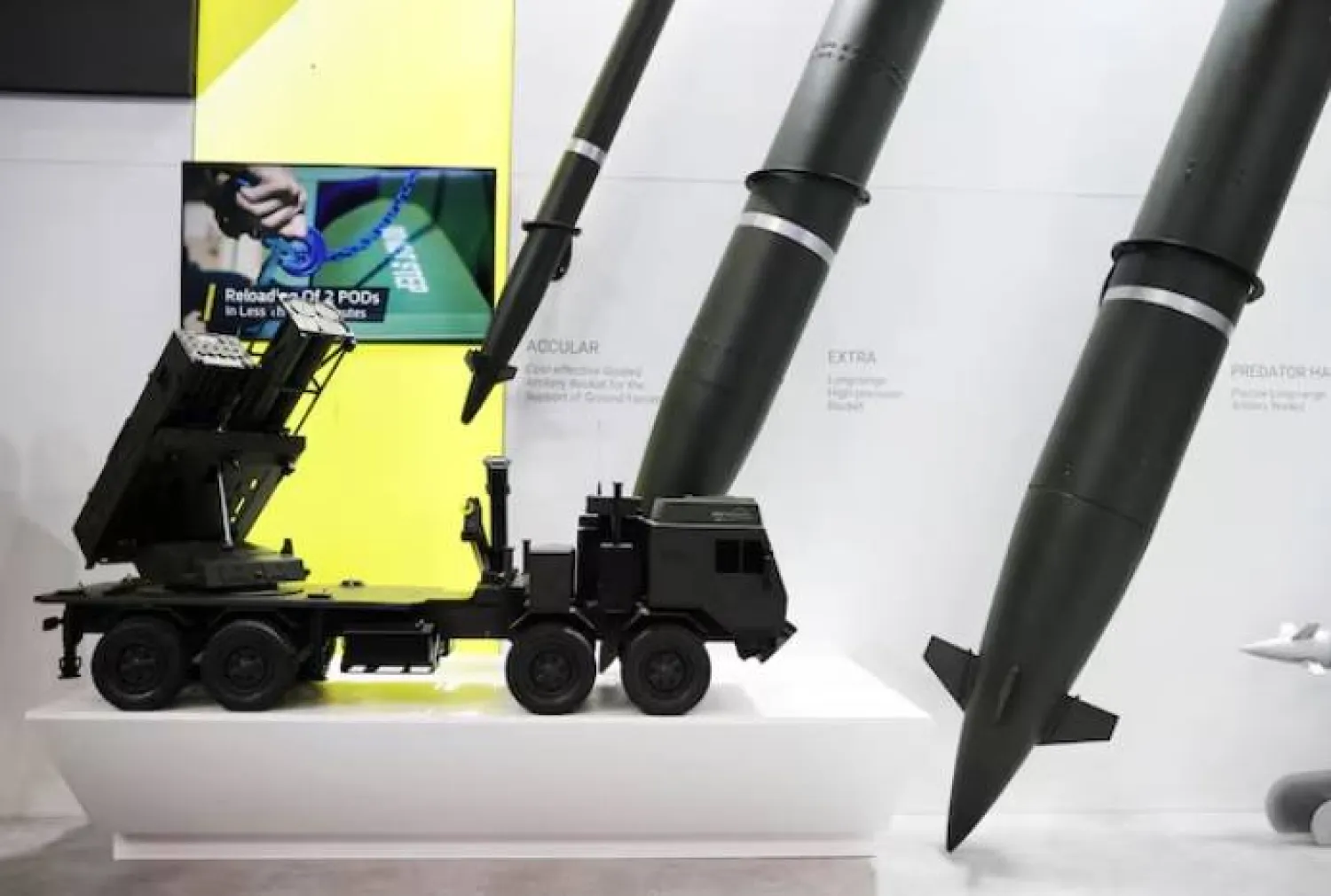Heavy rain in Vietnam triggered flooding that killed at least two people and caused more than a dozen landslides, state media said Friday, adding to what authorities called the "most unusual" year of natural disasters in the country's history.
South-central Vietnam has been lashed by weeks of heavy rain, submerging hundreds of thousands of homes in coastal tourism hotspots and causing deadly landslides in mountainous regions.
Downpours inundated thousands more homes in Lam Dong province on Thursday and killed at least two people, the Voice of Vietnam news outlet reported.
It added that 16 landslides struck the province, damaging roads and bridges and forcing the evacuation of hundreds of homes.
Floodwaters up to two meters deep were still sloshing through Ham Thang commune in Lam Dong on Friday, resident Pham Thi Ngoc Yen told AFP, adding authorities were delivering food and water by boat.
"Our province has always been very safe from floods or typhoons. This year was so weird," she said.
"I hope that the water will recede a lot in the next two days so that our life can get back to normal."
Record year
"2025 has been the year with the most unusual natural disasters in history," Hoang Duc Cuong, deputy director of the environment ministry's meteorology and hydrology department, said in a statement Friday.
A total of 21 storms, including 15 typhoons and 6 tropical depressions, have affected Vietnam this year, the highest number since records began in 1961, according to the environment ministry's statement.
Vietnam is in one of the most active tropical cyclone regions on Earth, but in a typical year it is affected by around 10 typhoons or storms.
The country has also experienced extreme rainfall and widespread flooding this year, with rivers setting new high-water marks from the northern regions through central and down to the lower Mekong Delta.
"Never before have such exceptionally large and historical floods occurred simultaneously in one year on 20 rivers," the environment ministry said.
One area of central Vietnam recorded up to 1,739 millimeters (5.7 feet) of rain in just 24 hours.
Elsewhere in Asia, devastating floods in recent days have killed more than 1,500 people and displaced hundreds of thousands across four countries, including Indonesia and Sri Lanka.
In Vietnam, natural disasters have left more than 400 people dead or missing this year and caused more than $3.6 billion in damage, according to the ministry.
The Southeast Asian nation is prone to heavy rain between June and September, but scientists have identified a pattern of human-driven climate change making extreme weather more frequent and destructive.









